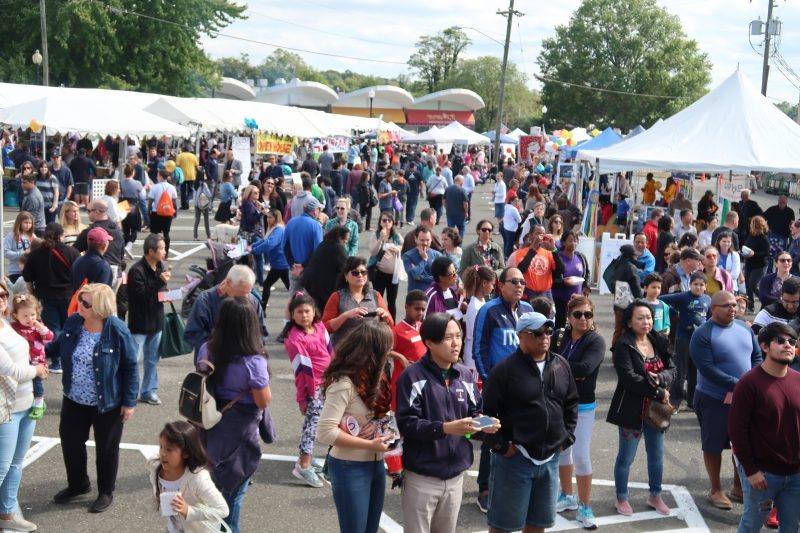By Bob Leggett:
As Fairfax County, and the world, struggle with the ravages of coronavirus, it may be reassuring to remind ourselves what a great place to live our county is, and will be again once the recovery takes hold. For this, there is no better place to look than a demographic report published by the county shortly before the outbreak.
The document, Demographic Reports 2019, published earlier this year by the Economic, Demographic and Statistical Research Unit of the Department of Management and Budget, paints a positive picture of life in Fairfax County.
According to the report, the county has a population of 1.1 million people and its economy employs almost 620,000 workers — with employment highest in management, computer and mathematics, and business and financial operations occupations.
The unemployment rate was 2.4% — an enviable figure by any standard – and it has declined every year since 2010.
Fairfax County ranked as the seventh richest in the nation, with a median income of over $122,000 – almost two times the national average. The median income increased about 19% since the last census — providing households in Fairfax County significant disposal income to spend or save. Over one-quarter of Fairfax County households earned $200,000 or more.
Income inequality — defined as the extent to which income is distributed unevenly among the population – also was lower in Fairfax County than in the nation as a whole. However, worryingly, the county’s increase in income inequality was four times the national increase from 2015-2018.
There were over 421,000 housing units in the county — defined to include both rental and owned units as well as continuing care and assisted living units — although Fairfax had an affordable housing deficit. (see earlier Blue View article) The median market value of owned housing units last year was more than $536,000.
Fairfax County’s population is rich in diversity. In 1990, racial and ethnic minorities made up about 30% of the county’s population; by 2018 that number had increased to about 39%. The two fastest growing groups were Asian and Pacific islanders and Hispanics.
Another government report, One Region: Welcoming New Americans to Northern Virginia published earlier this year found that immigrants in Northern Virginia contributed almost $60 billion to the local economy. (see earlier Blue View article)
While the data show that changes in the local economy have provided ample opportunities for many county residents, others have not benefited. The county’s poverty rate was 6.2% in 2018 — although it was lower than both the state (10.7%) and national levels (11.8%).
While the past several decades have been periods of sustained growth and prosperity, the future is uncertain. The county, along with the rest of the nation, has suffered a staggering blow from the coronavirus pandemic. According to U.S. Rep. Gerry Connolly (D-11), “Our community, and our country, are struggling …COVID-19 is an unprecedented challenge.” State Del. Ibraheem S. Samirah (D- 86) said on the Senate floor last month, “Businesses in Virginia have been damaged in a very deep way.” Fairfax County budget officials are grappling with projected revenue decreases and expenditure increases in the fiscal year starting July 1 as they prepare the budget for supervisors’ decision.
No one knows how long it will take for the county to recover or when the recovery is likely to begin. When it does occur, there is no guarantee that today’s businesses, especially the nation’s small businesses – the backbone of the economy – will be intact. This unprecedented challenge is one we can only overcome by putting aside political differences and working together as one community.
Photo: The Taste of Annandale festival last October brought together Fairfax County’s diverse population

Bob Leggett is a former intelligence analyst and military veteran with a doctorate in economics from Lehigh University. He is a member of Hunter Mill District Democratic Committee
Like this story? Share it on social media!


